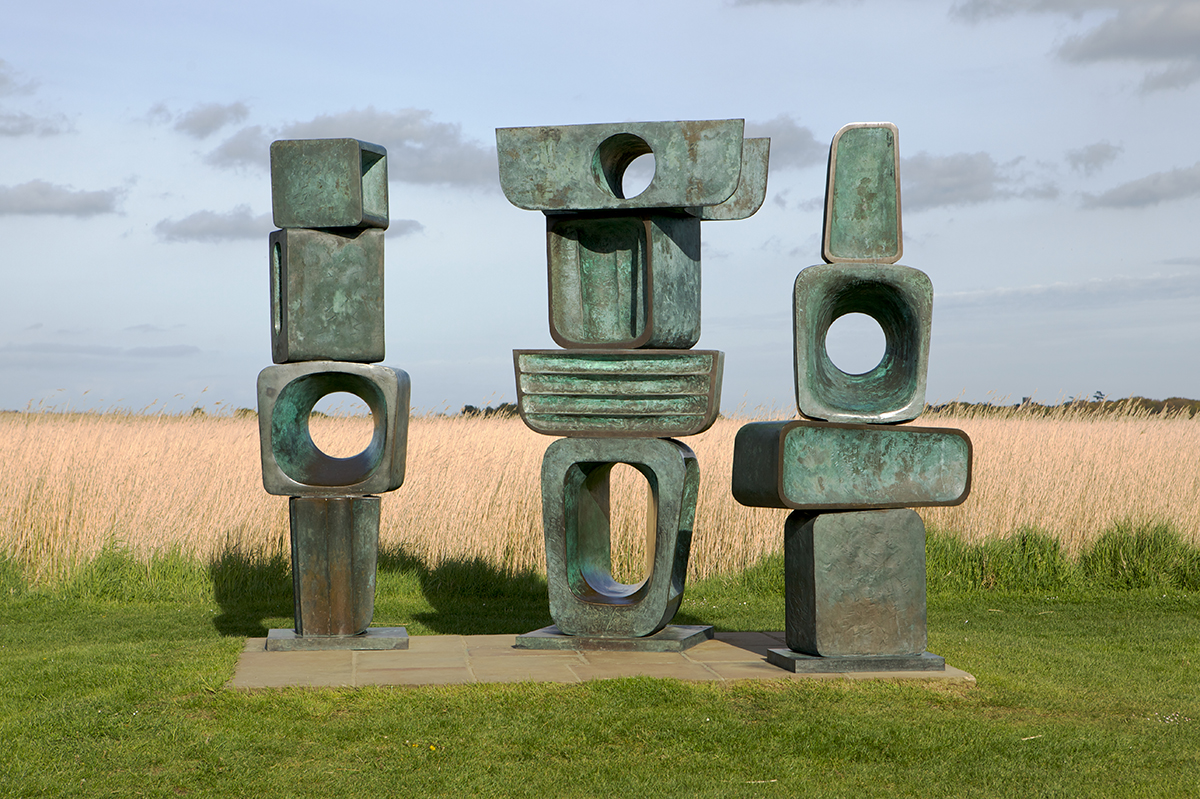Barbara Hepworth (1903-1975)
Who?
A British Sculptor and leading artist in the international art scene. Her career spanned the course of five decades and she was the first female modernist sculptor. She studied and worked alongside the equally infamous British sculptor, Henry Moore. Both were pioneers of the avant-garde movement and method of ‘Direct Carving’.
Avant-Garde: new and contemporary ideas at the time of creation in all the arts. For example, the Impressionists were considered avant-garde when they were creating their work.
Direct Carving: working straight onto the material. Brought forward to the modernist sculpture movement by Constantine Brancusi in 1906. Traditionally cast models were first created in order to plan exactly what they would be carving. Those who carved directly onto their material would often use marble, stone or wood and would respect its natural colouring and markings. Carvings were sparse, with simple, clean cut designs to enhance their uniqueness.
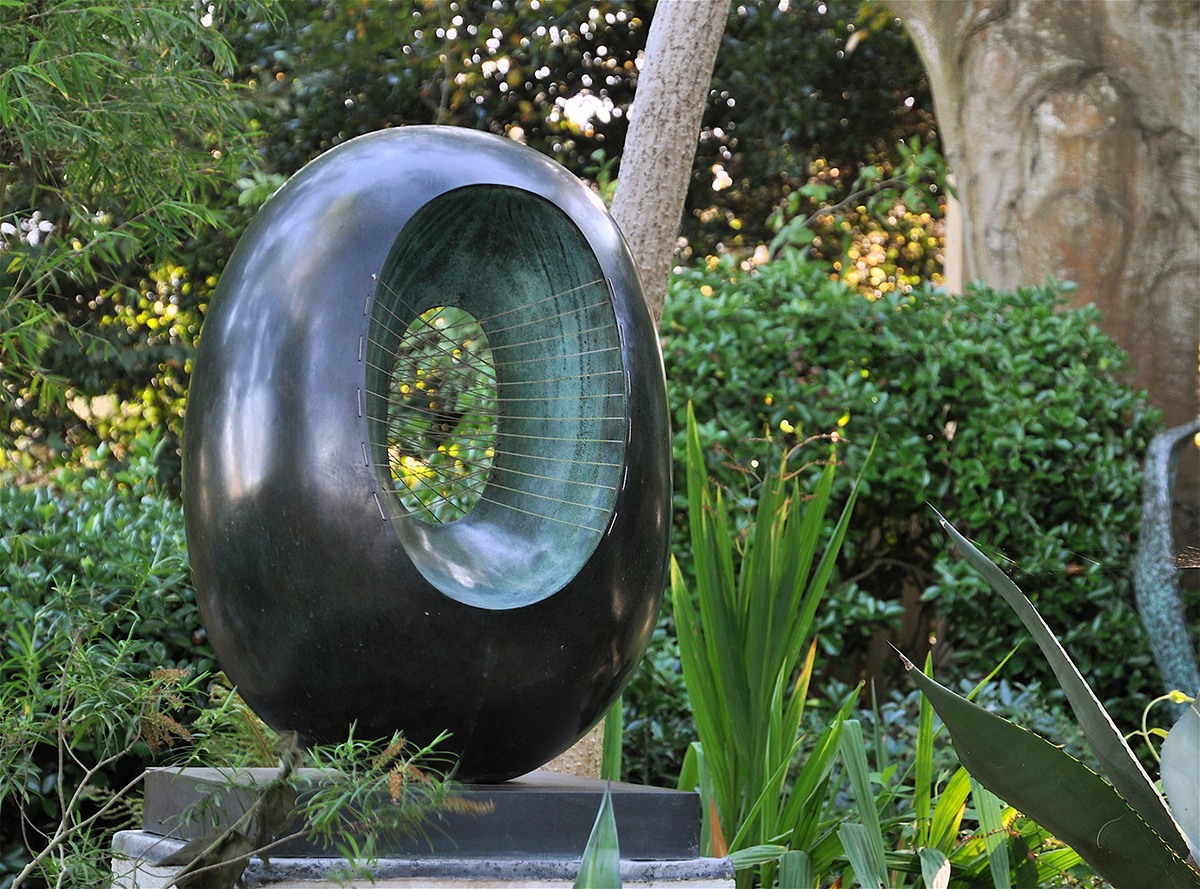
About Barbara:
- She believed that sculptures should be touched.
- She wanted to create sculptures that made people calm to look at.
- Her sculptures were inspired by nature and the landscape.
- She wanted them to be set within nature, to be looked through, over, under and around.
- From 1925-1975 she created more than 600 sculptures.
In exploring the work of Barbara Hepworth we shall be using soap as the medium to explore the process of being a direct carving sculptor.
Historical fact:
There is a rich history of floral soap carving in Thailand. Passed on from generation to generation, the knowledge and skill continues. Many examples can be seen in markets geared toward tourists and their detail is astounding.
Weird and wonderful fact:
In the last couple of years soap carving has gone viral. Soap carving? Yes, you heard right, soap carving! Let me explain. There is an ever growing community of people that use the Autonomous Sensory Meridian Response (ASMR) as a tool to relax and switch off. They use certain repetitive motions joined with the sound of those movements to create a moment of serenity. In this case, soap carving. The sound of the cutting of soap with the visual repetition is said to relax people in a hectic world. The ASMR Group was created in 2010 by a cybersecurity professional by the name of Jennifer Allen. There are Instagrammers with accounts solely for cutting soap up that have thousands of followers and spend a small fortune on soap. Check out asmr.crackle . We have to admit there is something strangely calming about it and we spent a good 20 minutes scrolling through her videos!
So with this all in mind, let’s get soap carving with our children. With art historical shapes of Barbara Hepworth’s sculptures, the calming vibes of soap cutting and the foresight of just allowing your children the freedom to explore this new medium we are looking at a winner of an art activity! There are two versions of this art activity depending on how old your children are. One we focus in on the ‘experience’ and ‘process’ for the child in exploring the new medium, soap, to play with. This version is aimed toward the younger child, the preschooler. The second version is for any older siblings that want to join in.
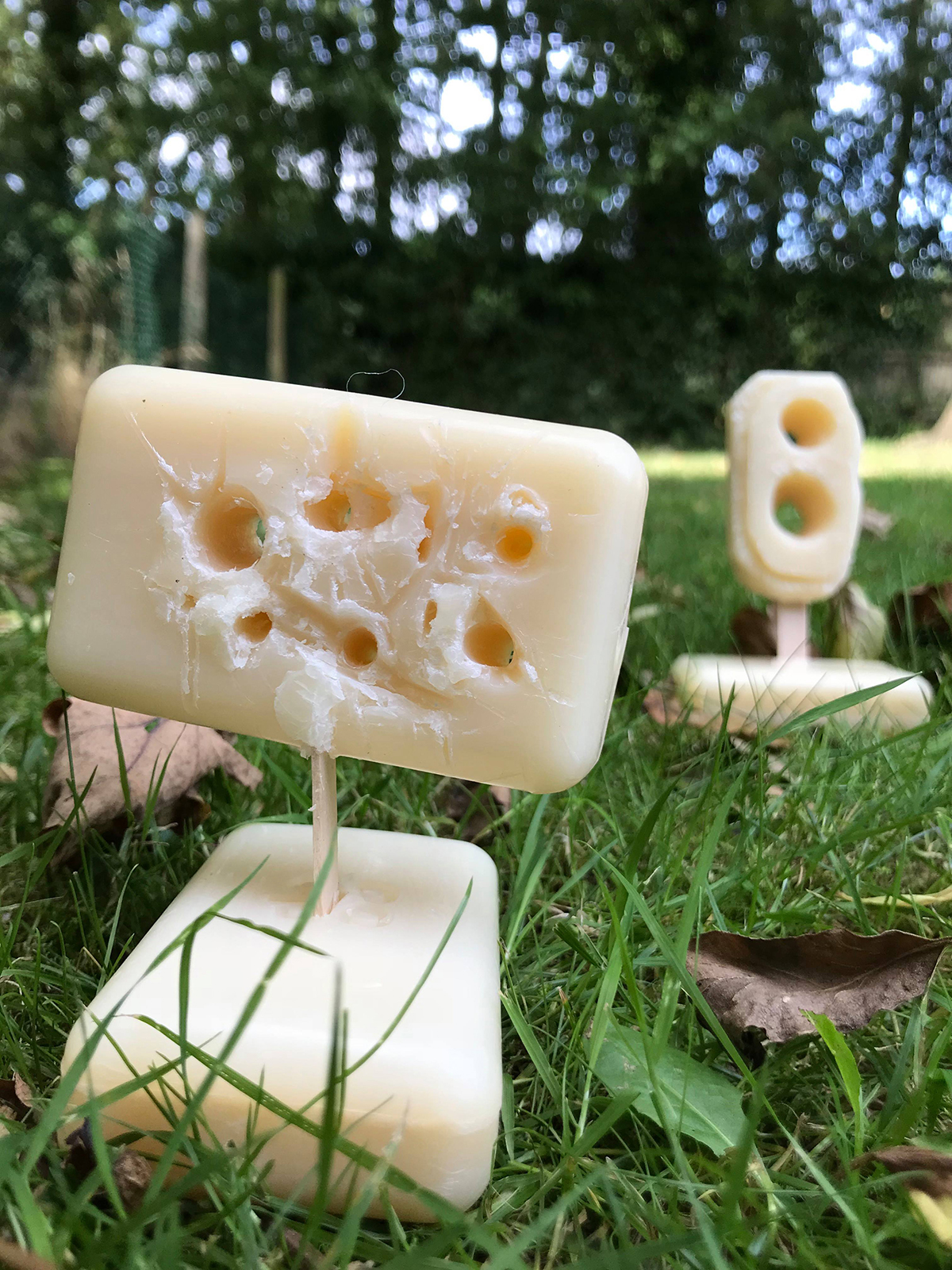
Toddler, Preschool and Process Art
“Where art is concerned, it is the process of creating- exploring, discovering, and experimenting- that has the greatest value. Through self-expression and creativity, children’s skills will develop naturally, and their ability to create will soar.”
– MaryAnn F. Kohl
The concept of the end product is an adult preconception of what we believe it should look like. We often encourage children to create something that will look like a certain way, so that it is recognizable. Though they will to a certain extent enjoy creating this way they may not learn a great deal from this sort of art.
As soon as you allow your children to have full reign in creating whatever they want you will find that they will thrive from the process of creating something that is entirely their own. Children learn through doing. Learning first hand if something works to their satisfaction or whether they made a mistake. Process art is allowing your child to discover and explore on their own, it is the journey to getting to their final piece that is important and not necessarily the final product.
In order to encourage this sort of creativity, we need to allow our children to play with and create art with different types of materials. Whether it be pipe cleaners, glitter, earbuds, sponge or even soap…
School kids
Though we all still learn by doing, by the time children are at school process art is not quite as important. Children will need to be able to follow instruction and will be marked accordingly. With this in mind, when you talk about Barbara Hepworth and show images to your children ask your older child to start to think about what shape they would like to sculpt if they will be any holes in it and what kind of holes? Think about where they might think their sculpture should be placed. Hepworth’s work was intended to be placed in nature and the landscape. Though you can’t leave out your soap sculpture outdoors, it may be great to place it somewhere to take a picture.
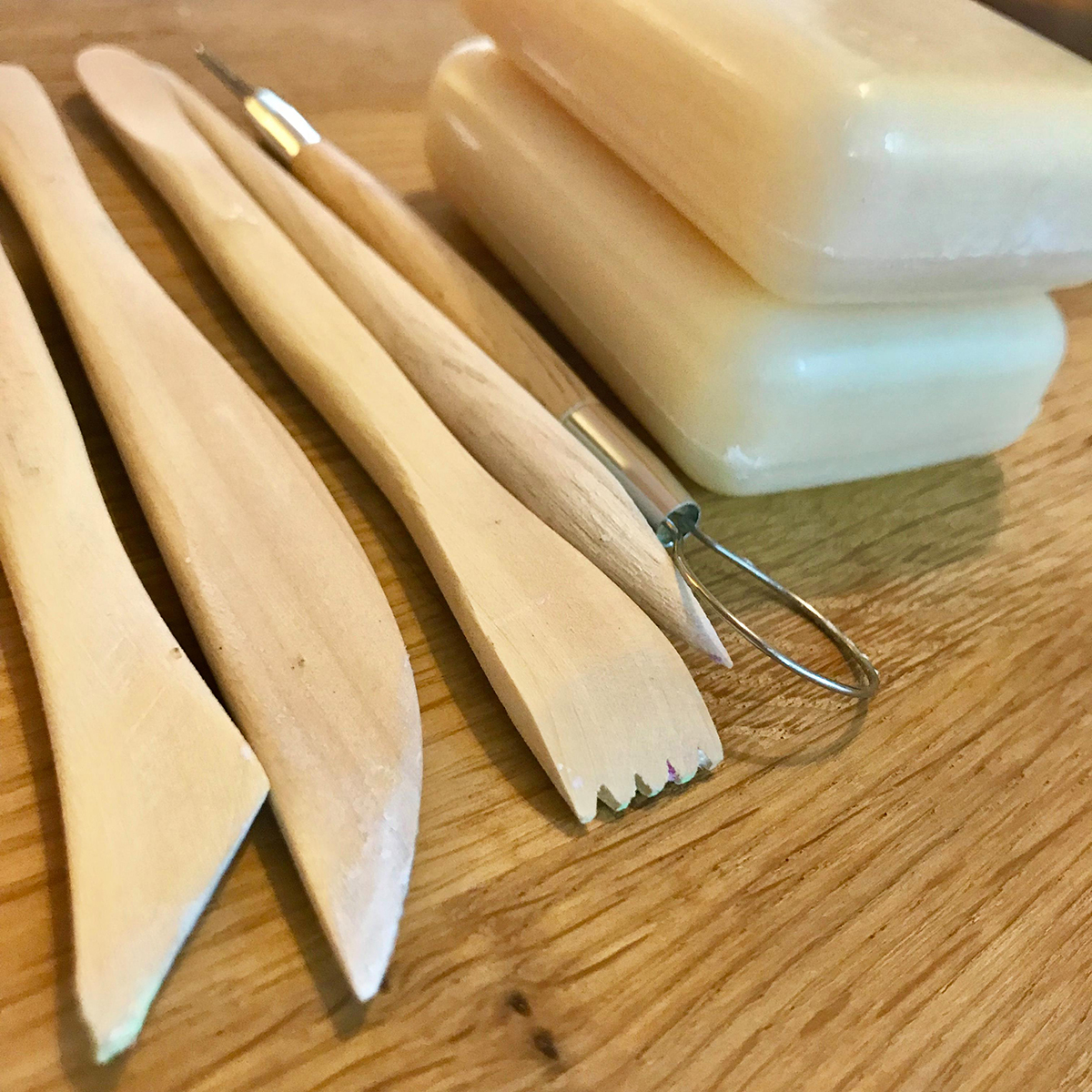
What you will need:
- Wooden clay tools
- Some soap bars, the cheapest one x2 per person. (One sculpture will require a least one and a half blocks of soap.
- A surface to carve on top of, a tray will do
- Popsicle sticks.
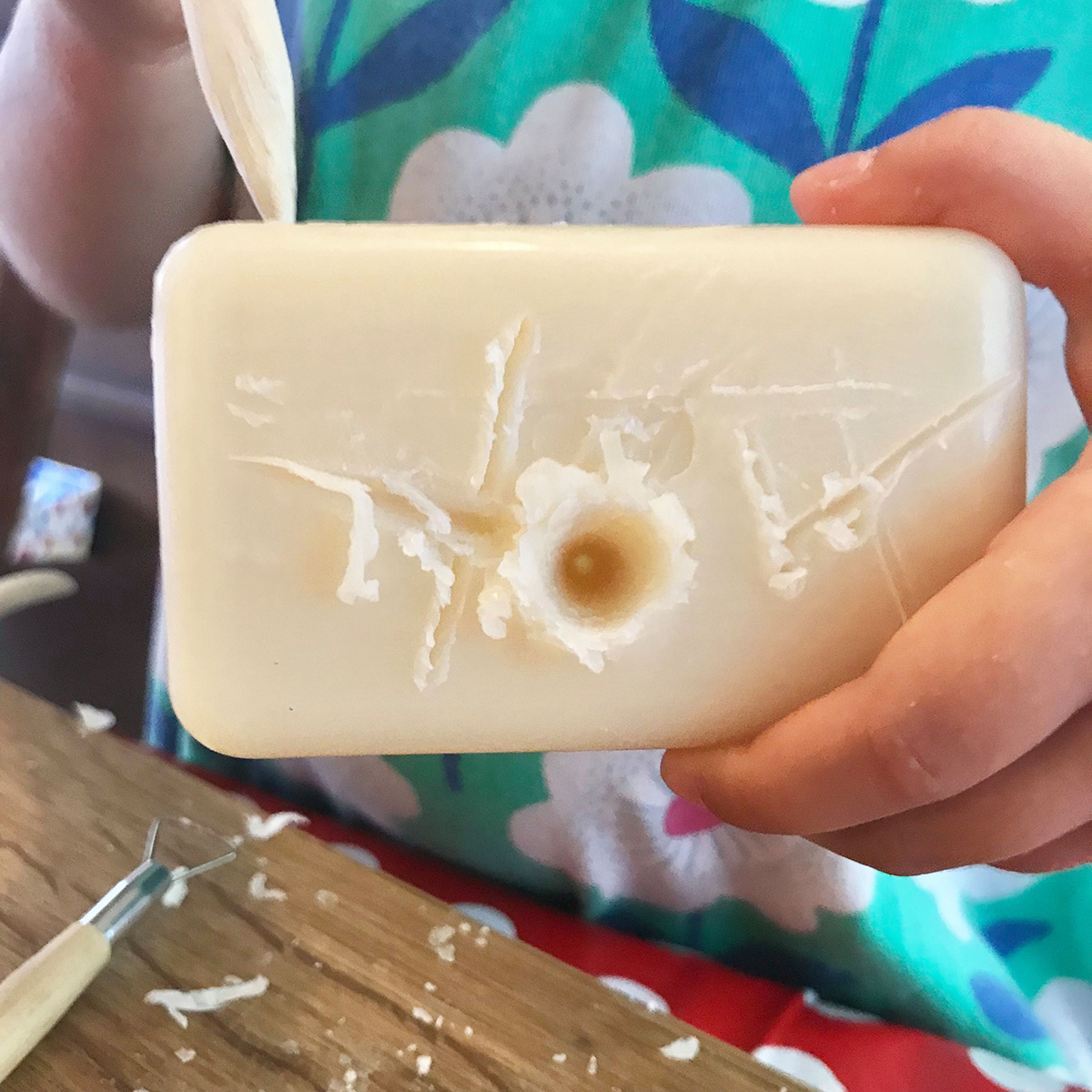
Instructions:
- Start by talking a little about Barbara Hepworth, who she was, why she was so important and show lots of images of her work. Talk about the shapes you can see within her work. Ask what they like about them or dislike.
- It is up to you whether you show your children some videos of soap cutting. We were so intrigued by the noises and different coloured soaps that we couldn’t stop watching them! If you do watch them with your children, ask them questions like; What do you think about that? What noise does it sound like? Do you think it looks fun to do? What did you like to try out carving some soap?
- Place a bar of soap on your chosen surface. Show them all the wooden clay tools and what they all do on a soap bar of your own. Now step aside and let them experiment.
- Give them as many bars of soap as they want.
- Allow your toddler and preschooler to explore, talk to your older school kids about what shapes they are sculpting and where they might place them.
- Once they have finished, decide which way up your sculpture wants to stand, snap a small part of the popsicle stick and stick it into the bottom of it. Open an unused soap bar and stick the free end of the popsicle stick into it to create a stand. Either use a whole soap or cut one in half.
- Place your sculptures in nature and take some pictures! If they have made holes in their soap sculptures, can they see anything through them?
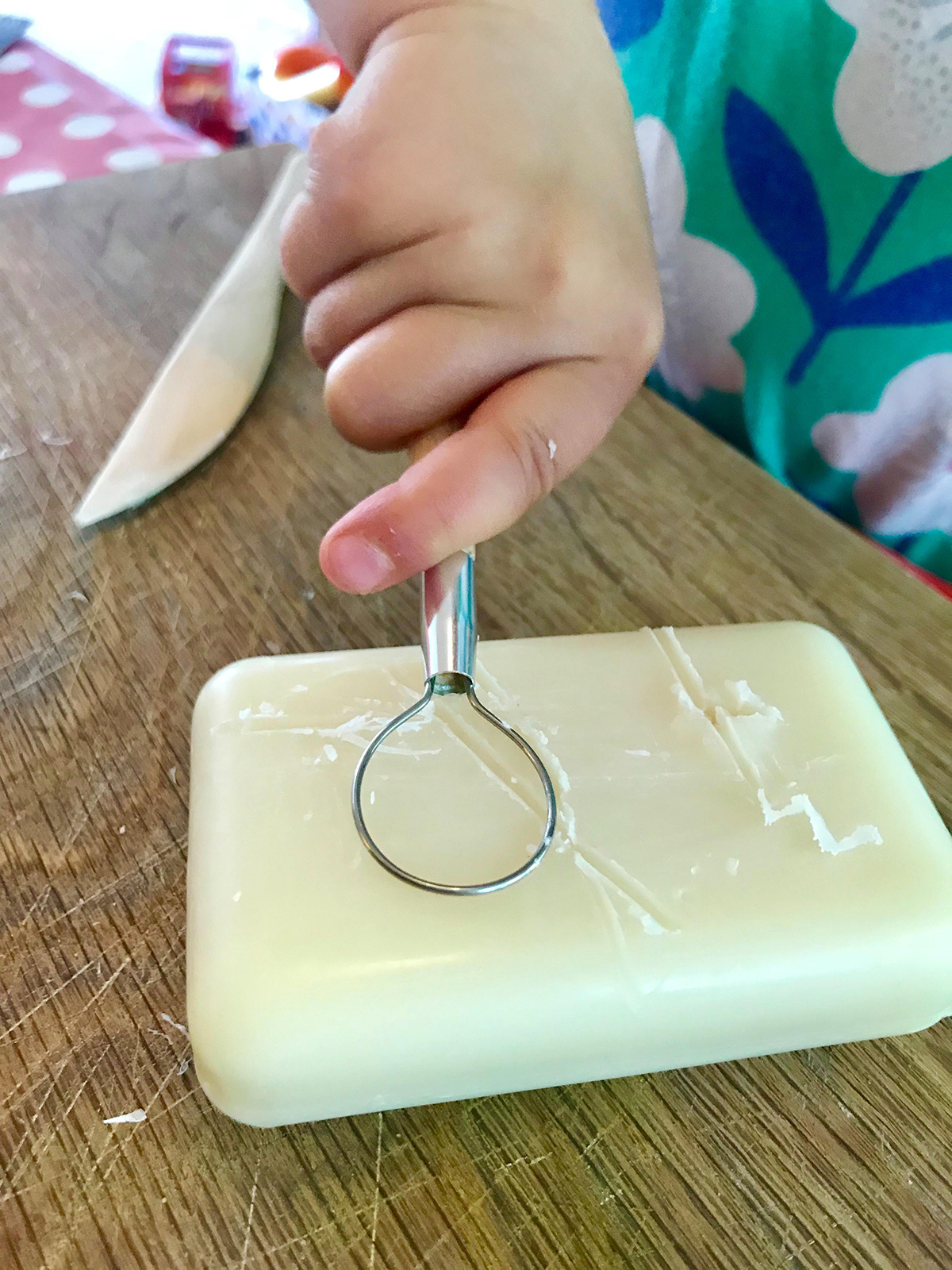
Health and Safety:
Please be aware that although the wooden tools are not razor sharp, they still do have very pointy ends. We encourage you to remain with your children throughout the process of their exploration to ensure the health and safety of your child wherever possible.
Waste not want not?
Don’t throw away your soap shavings! Here are a few ideas of what to do with them.
- Collect them and put them in a warm bath for the kids to make it all soapy. Careful climbing out though, it’ll be slippery!
- Melt them down in a pan with some water or milk and make your own soap bars. The internet is full of recipes to follow.
- Create another sensory experience for your little ones but putting all the soap shavings in a sensory bin or tuff tray. Now use an entire roll of toilet paper and shred it on top of the soap. Add water and let your children really have some messy play!
Don’t forget to follow us on Twitter, Instagram, Pinterest, and Facebook!
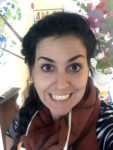 Contributor
Contributor
Grace Selous Bull is an arts education author and freelance blogger. Her book, ‘Potty About Pots: arts and crafts for home and school’ is aimed at children from 5-12 years old and takes them through a journey of ceramics through time. She is a full time Mummy of two girls, both of whom love being creative, and is married to her husband, Andrew, who does not.
Original content © 2018 Super Simple. Not to be reprinted without express written permission. Terms of Service.

